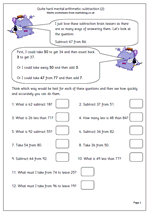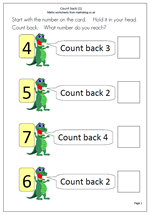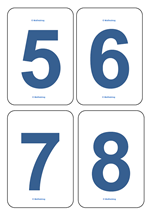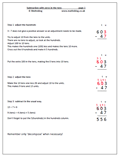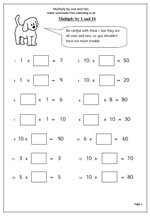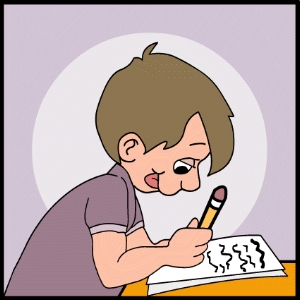 We all know that smaller classes, uniforms and primary homework are ways of boosting schools’ performance. Or are they? Not according to a recent report from the Sutton Trust. In fact, reducing class sizes, setting homework during primary school, and introducing school uniforms are among the least effective ways of improving school results.
We all know that smaller classes, uniforms and primary homework are ways of boosting schools’ performance. Or are they? Not according to a recent report from the Sutton Trust. In fact, reducing class sizes, setting homework during primary school, and introducing school uniforms are among the least effective ways of improving school results.
Looking at class sizes they found that benefits, “are not particularly large or clear, until class size is reduced to under 20 or even below 15”.
Another myth seems to be that hiring more classroom assistants is effective. This is at odds with what most teachers think as 44% said that hiring more teaching assistants was one of their top three priorities. The report says that hiring more teaching assistants is associated with “very small or no effects on attainment”.
Significant gains in attainment meanwhile come from proven classroom approaches – providing effective feedback on pupil’s performance, encouraging students to think about their own learning strategies, and getting pupils to learn from each other. Implemented correctly, these approaches can increase pupils’ performance by an extra eight or nine months in a school year for a very low cost, according to the guide.
Key findings include:
On effective feedback – “One study even estimates that the impact of rapid feedback on learning is 124 times more cost effective that reducing class sizes.”
On peer tutoring – “Benefits are apparent for both tutor and tutee, though the approach should be used to supplement or enhance normal teaching, rather than replace it.”
On meta-cognitive approaches – “Studies report substantial gains equivalent to moving a class from 50th place in a league table of 100 schools to about 25th.”
On homework – “It is more valuable at secondary school level and much less effective for children of primary school age.”
On teaching assistants – “Most studies have consistently found very small or no effects on attainment.”
On school uniforms – “No robust evidence that introducing a school uniform will improve academic performance.”
On reducing class sizes – “Overall the benefits are not particularly large or clear, until class size is reduced to under 20 or even below 15.”
On one-to-one tuition – “Pupils might improve by about 4 or 5 months during the programme, but costs are high as the support is intensive.”
On ability grouping – “There may be some benefits for higher attaining pupils, but these are largely outweighed by the negative effects on attitudes for middle and lower performing learners.”
The full report can be found at:
The Sutton Trust
 When working out how many more to make a number up to 100 it is important not to mix up two different ways of doing it. Let’s take the question:
When working out how many more to make a number up to 100 it is important not to mix up two different ways of doing it. Let’s take the question: